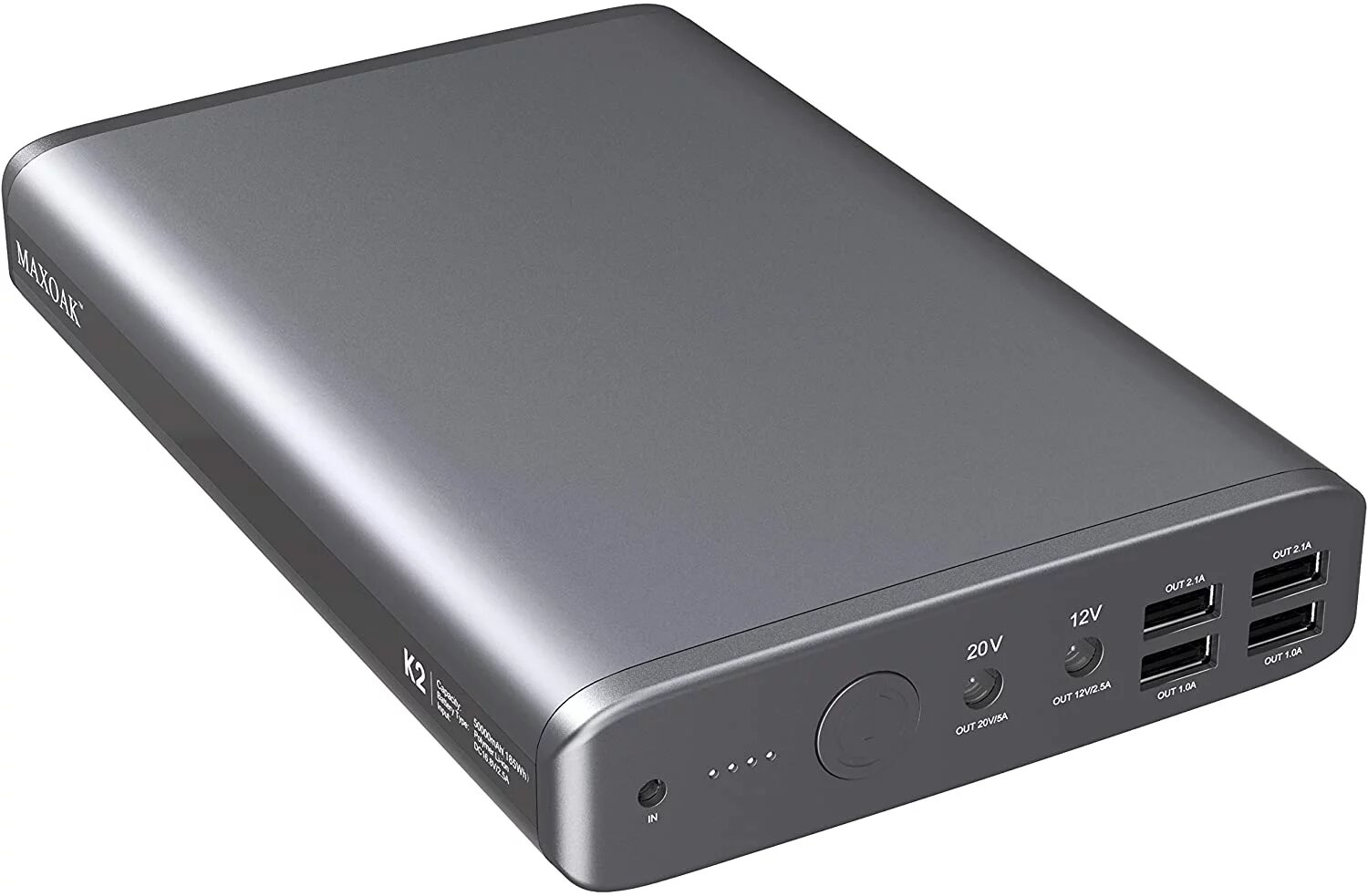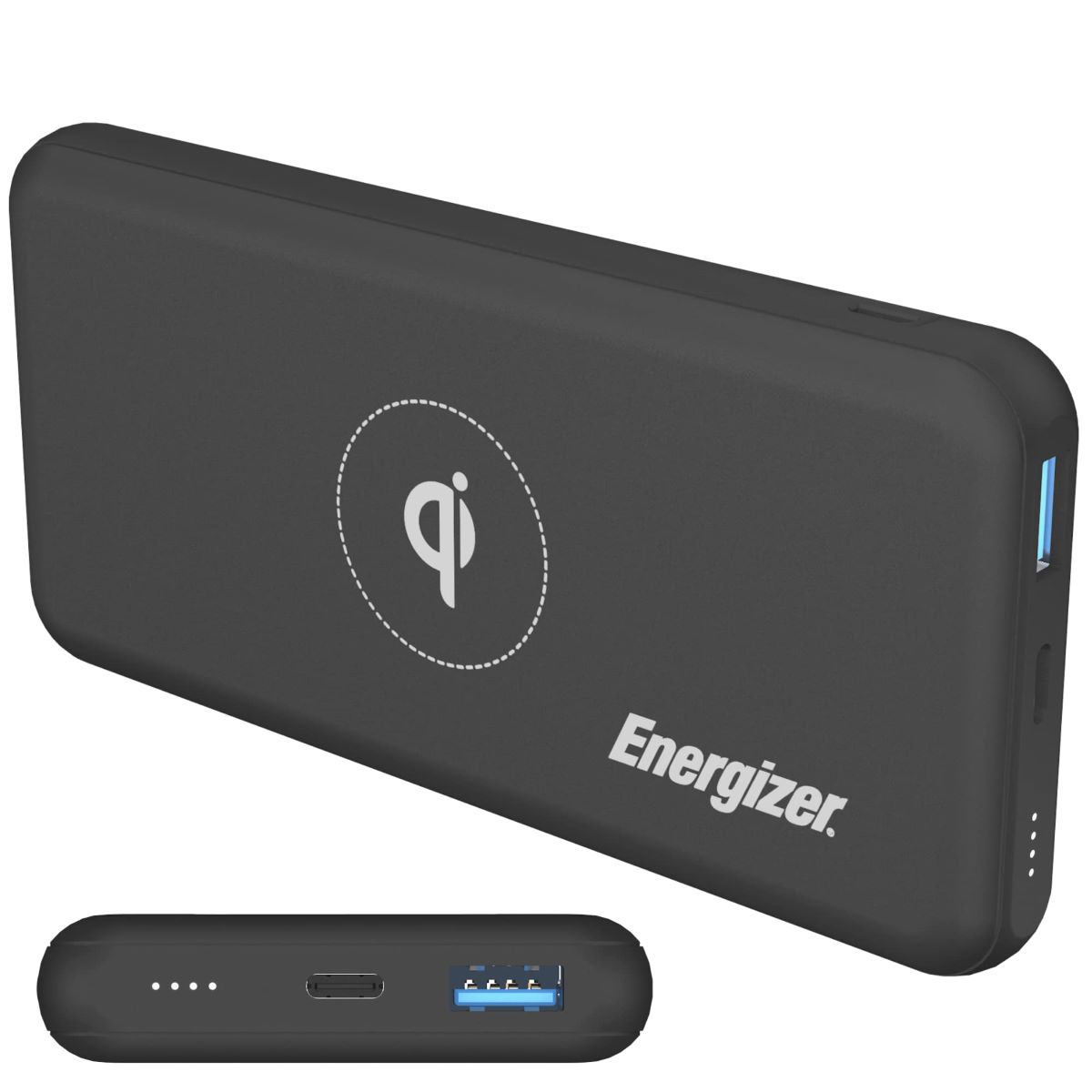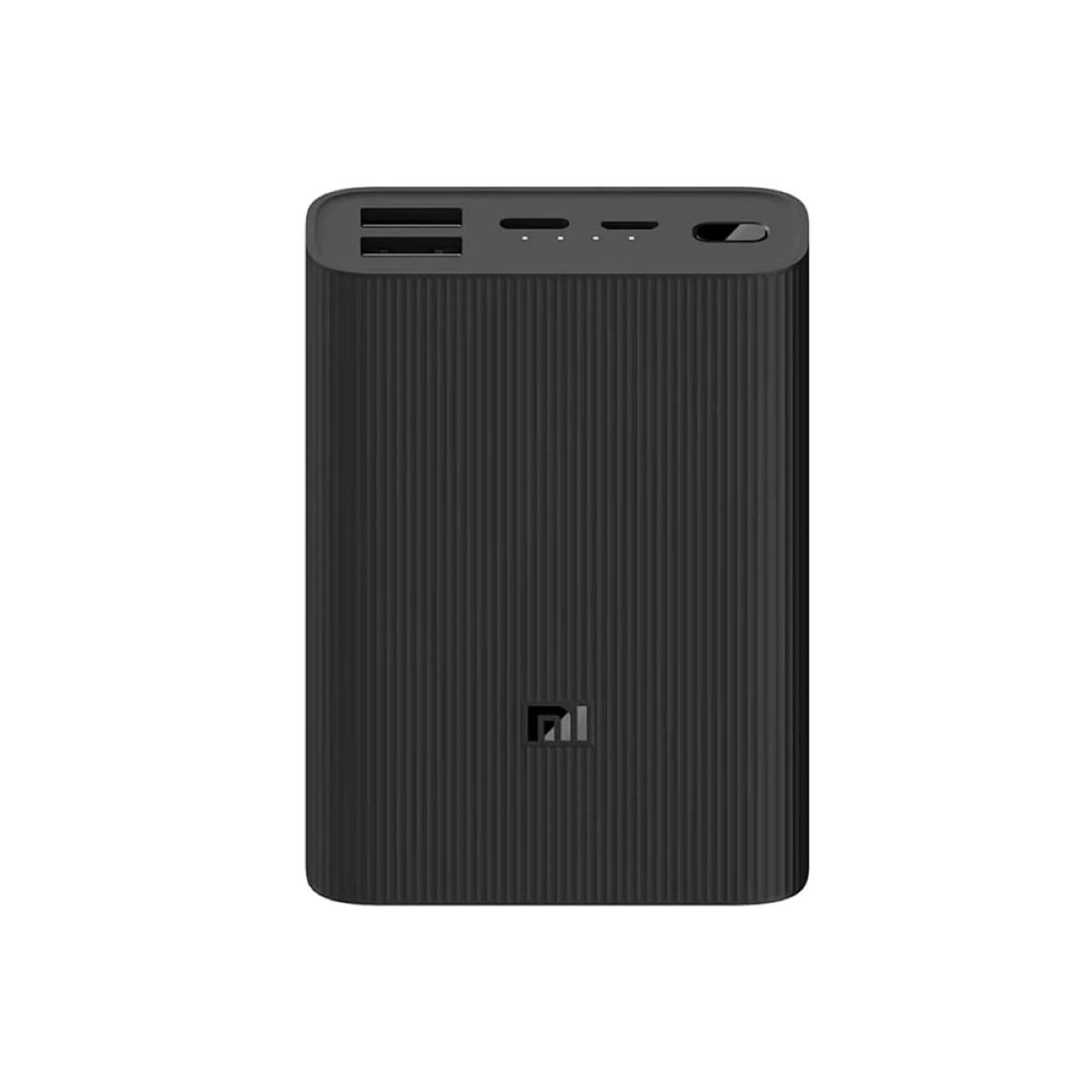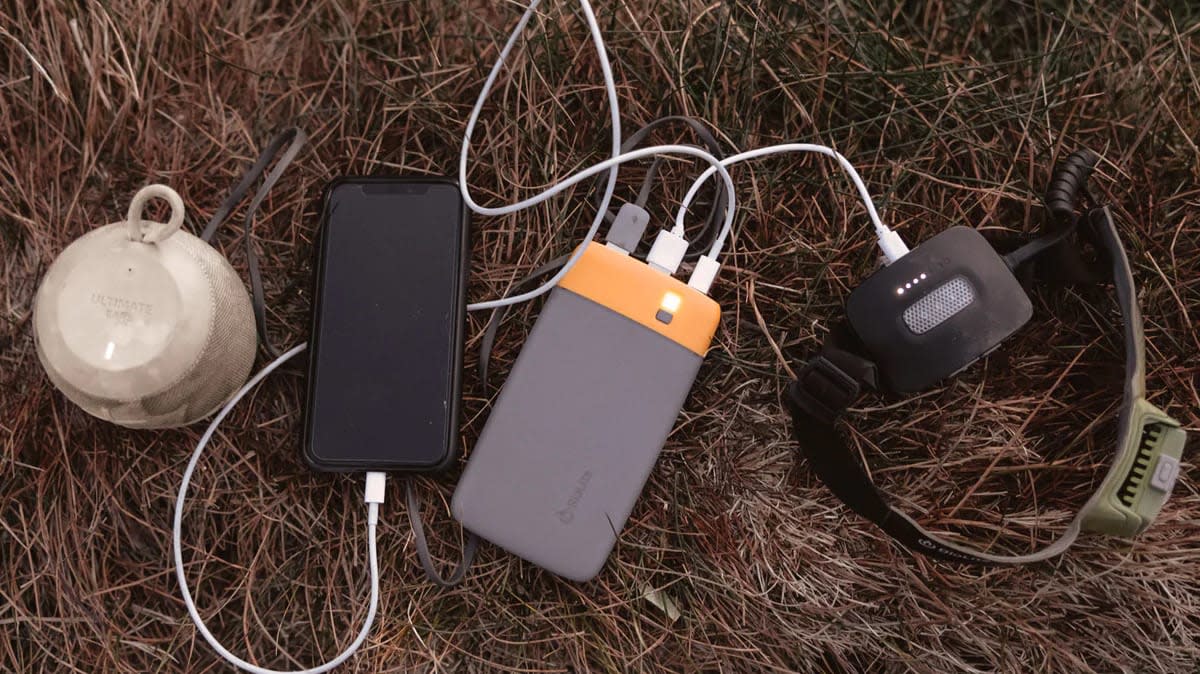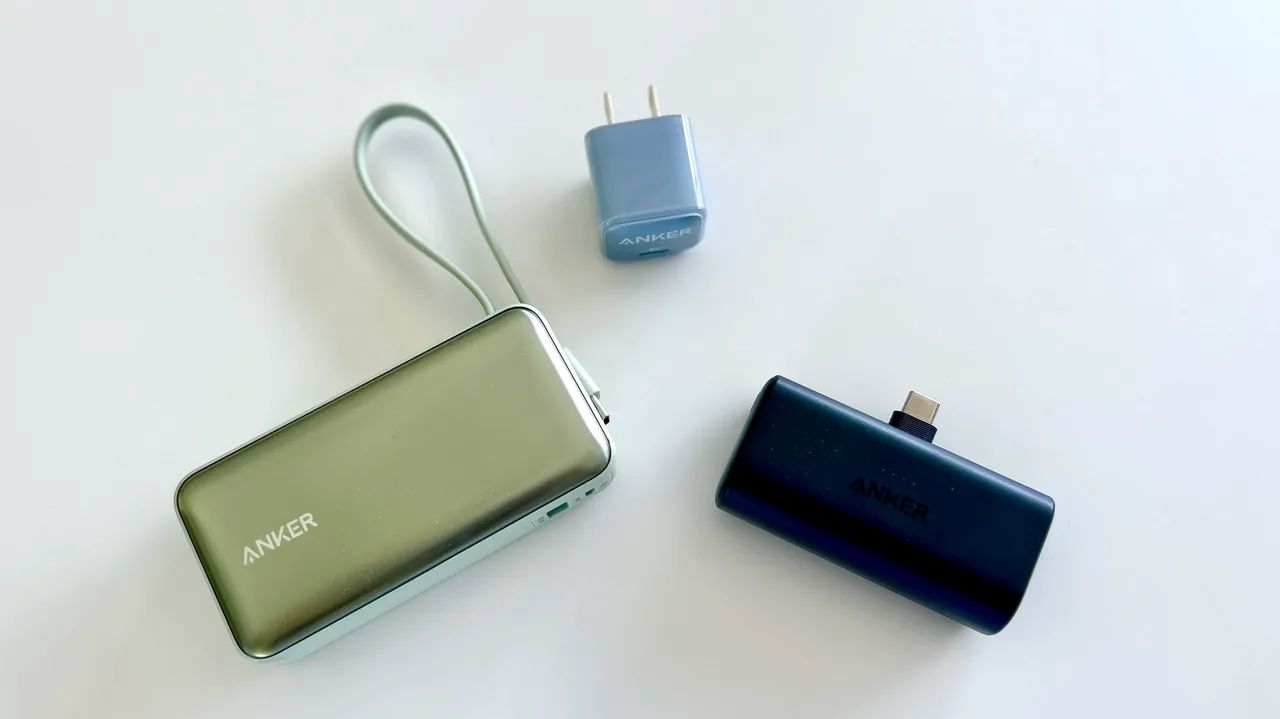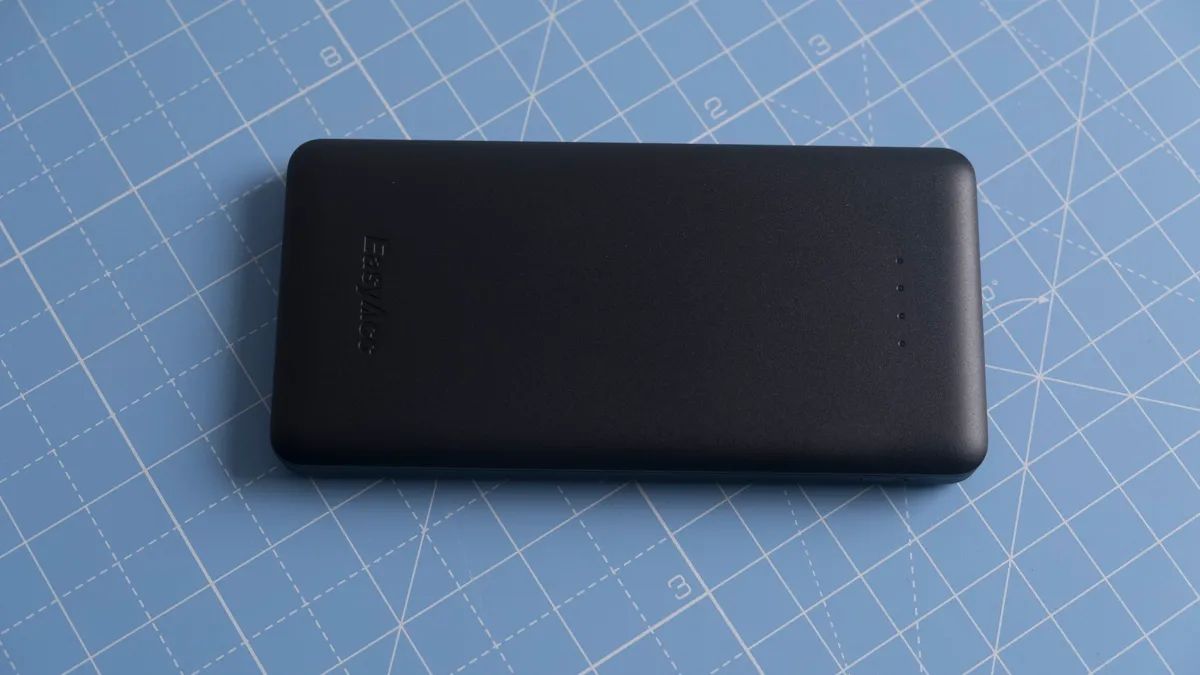Introduction
Welcome to the world of banking, where acronyms abound and the jargon can sometimes leave you scratching your head. One such acronym that you may have come across is “DDA”. If you’ve ever wondered what DDA means in banking and how it impacts your financial transactions, you’ve come to the right place.
DDA stands for “Demand Deposit Account”, but what exactly does that mean? Essentially, a DDA is a type of bank account that allows you to deposit and withdraw funds on demand. It serves as a convenient way to manage your money, providing easy access to funds for everyday expenses, bill payments, and more.
While the concept of a demand deposit account may seem straightforward, it’s worth diving deeper into how DDA works in the context of banking. Understanding the ins and outs of DDA accounts can help you make informed decisions about your finances and take full advantage of the benefits they offer.
In this article, we will explore the definition and workings of DDA accounts, discuss their benefits, highlight potential drawbacks, delve into the different types of DDA accounts available, and touch upon how DDA has evolved in the era of online banking. By the end, you’ll have a comprehensive understanding of what DDA means in banking and how it can impact your financial life.
Definition of DDA
A Demand Deposit Account (DDA) is a type of bank account that allows depositors to access their funds on demand without any prior notice. It is commonly used for everyday expenses, bill payments, and other transactional needs. Unlike time deposit accounts, such as certificates of deposit (CDs), DDAs do not have a specific maturity date and funds can be withdrawn at any time.
One of the key features of a DDA is that it offers a high level of liquidity. This means that account holders can easily convert their funds into cash. With a DDA, you can make withdrawals using methods such as checks, ATMs, electronic funds transfers (EFTs), and debit cards. Your DDA balance typically remains in a checking account, which is more accessible than a savings account.
DDA accounts are typically offered by commercial banks, credit unions, and other financial institutions. They are widely used by individuals, businesses, and organizations of all sizes. In fact, many people consider a DDA to be a fundamental tool for managing their day-to-day finances.
To open a DDA, you typically need to provide identification, proof of address, and other required documents as requested by the bank or financial institution. Once your account is opened, you can deposit money into your DDA and start using it for various transactions.
It’s important to note that DDA accounts may have certain limitations or fees associated with them. This can vary depending on the terms and conditions offered by the bank or financial institution. Therefore, it’s wise to review the account details and fee structure before opening a DDA to ensure it aligns with your financial needs and preferences.
How DDA Works in Banking
Understanding how DDA works in the banking system can shed light on the intricate mechanics behind this type of account. When you open a DDA, the bank keeps your deposited funds and records them in their records as a liability. In return, you receive the right to access those funds on demand.
When you make a deposit into your DDA, the bank will credit your account with the amount deposited. This is reflected as an increase in your DDA balance. Conversely, when you make a withdrawal, the bank will deduct the amount from your DDA balance.
Banks often offer various methods for making deposits and withdrawals from a DDA. These can include in-person transactions at a bank branch, using an ATM, writing checks, conducting electronic fund transfers (EFTs), or using debit cards. The flexibility in accessing your funds is a key advantage of DDA accounts.
It’s important to keep track of your DDA balance to avoid overdrafts. An overdraft occurs when you spend more money than what is available in your account. In these cases, the bank may charge you fees or decline the transaction, depending on their overdraft policy.
Many banks also offer online and mobile banking services that allow you to manage your DDA account electronically. Through these platforms, you can conveniently monitor your account balance, review transaction history, transfer funds between accounts, and even deposit checks using your smartphone’s camera.
To ensure the security and privacy of your DDA, it’s important to follow best practices such as regularly monitoring your account activity, using secure passwords for your online banking access, and promptly reporting any discrepancies or suspicious transactions to your bank.
Overall, DDA accounts form the backbone of the modern banking system, providing individuals and businesses with a convenient and secure way to manage their financial transactions. By understanding how DDA works, you can make the most of your account and leverage its features to achieve your financial goals.
Benefits of DDA Accounts
Demand Deposit Accounts (DDAs) offer a range of benefits that make them a popular choice for individuals and businesses alike. Let’s explore some of the key advantages of having a DDA:
- Convenience: DDA accounts provide a convenient way to manage your finances. The ability to access funds on demand allows you to easily make payments, cover expenses, and handle day-to-day financial transactions.
- Liquidity: With a DDA, your money is highly liquid. You can withdraw funds whenever you need them through various methods, such as checks, ATMs, or electronic transfers. This makes it easy to have cash on hand for emergencies or unexpected expenses.
- Payment Flexibility: DDA accounts facilitate various payment options. You can write checks to pay bills or make purchases, use a debit card for point-of-sale transactions, or set up automatic bill payments for recurring expenses. These payment methods offer flexibility and convenience in managing your financial obligations.
- Direct Deposit: Many employers offer direct deposit, allowing your paycheck to be automatically deposited into your DDA. This eliminates the need for physical checks and ensures that your funds are available promptly. It’s a convenient and secure way to receive your income.
- Online and Mobile Banking: Most financial institutions provide online and mobile banking services for their DDA accounts. These platforms allow you to access your account, check balances, view transaction history, transfer funds, and perform other banking tasks from the comfort of your own home or on the go.
- Account Monitoring: DDA accounts make it easier to keep track of your finances. You can monitor your account activity online, receive electronic statements, and set up alerts for specific transactions or balance thresholds. These features help you stay informed about your financial situation and detect any fraudulent activity promptly.
DDA accounts offer a host of benefits that make them a preferred choice for many individuals and businesses. The convenience, flexibility, and accessibility of funds provided by these accounts empower you to effectively manage your financial affairs and meet your day-to-day monetary obligations.
Potential Drawbacks of DDA Accounts
While Demand Deposit Accounts (DDAs) offer numerous benefits, it’s important to be aware of potential drawbacks that should be considered when opening and managing a DDA. Let’s explore some of the possible downsides:
- Account Fees: Depending on the bank or financial institution, DDA accounts may come with various fees. These can include monthly maintenance fees, transaction fees, overdraft fees, and fees for using non-network ATMs. It’s essential to carefully review the fee structure before opening an account to understand the potential costs involved.
- Minimum Balance Requirements: Some banks require account holders to maintain a minimum balance to avoid certain fees or qualify for additional benefits. Falling below the minimum balance threshold may incur charges or limit access to certain features. It’s crucial to understand and meet these requirements to optimize the benefits of your DDA.
- Overdrafts: Although overdrafts can occur in any bank account, DDAs may be more susceptible to them due to their high liquidity and frequent use for expenses. If you accidentally overdraw your account by spending more than the available funds, the bank may charge overdraft fees or decline the transaction. Regularly monitoring your account balance and maintaining a buffer can help prevent overdrafts.
- Interest Rates: Unlike certain savings accounts or investment options, most DDA accounts do not offer significant interest rates. While the main purpose of a DDA is transactions and easy access to funds, it’s important to be aware that your money sitting in a DDA may not accrue substantial interest over time.
- Dependence on Banking System: DDA accounts rely on the stability and availability of the banking system. While highly unlikely, unexpected disruptions or issues with the bank or financial institution could temporarily limit access to your funds. It’s always a good idea to have some cash reserves or other forms of funds available as a backup.
- Fraud and Security Risks: While banks have measures in place to protect your DDA account, there is always a risk of fraud or security breaches. It’s crucial to take necessary precautions like using secure passwords, monitoring your account activity regularly, and reporting any suspicious transactions to your bank immediately.
By understanding the potential drawbacks of DDA accounts, you can proactively mitigate risks and make informed decisions about managing your finances. It’s important to weigh these potential downsides against the benefits of DDA accounts to find the best fit for your individual financial needs and preferences.
Types of DDA Accounts
Demand Deposit Accounts (DDAs) come in various types, each designed to cater to specific needs and preferences of different individuals and businesses. Let’s explore some of the common types of DDA accounts:
- Basic Checking Accounts: Basic checking accounts are the most common type of DDA. They offer essential features such as check writing, ATM access, and online banking services. These accounts typically have no or minimal balance requirements and are suitable for everyday transactions.
- Interest-Bearing Checking Accounts: Unlike basic checking accounts, interest-bearing checking accounts provide an opportunity to earn interest on your account balance. These accounts typically require a higher minimum balance to qualify for the interest-bearing feature. Interest rates may vary and are typically lower than those offered by savings accounts.
- Premium Checking Accounts: Premium checking accounts are designed for customers with higher balances and more extensive banking needs. These accounts often come with additional perks such as higher interest rates, waived fees, access to premium customer service, and reimbursement for non-network ATM fees. In return, they typically require higher minimum balance requirements and may have monthly maintenance fees.
- Joint Accounts: Joint DDA accounts are opened and managed by two or more individuals. They are commonly used by couples, families, or business partners who want to share access to funds and streamline financial activities. Joint accounts allow all account holders to deposit and withdraw funds, and the account can be set up with rights of survivorship.
- Business Accounts: Business DDA accounts are specifically designed for businesses, including small businesses, corporations, partnerships, and sole proprietorships. These accounts typically include features like business-specific check designs, merchant services, and cash management solutions tailored to the needs of business operations.
- Student Accounts: Student DDA accounts are designed for students who are often just starting their financial journey. These accounts may have lower or no monthly fees, lower minimum balance requirements, and come with financial education resources. Student accounts can help young individuals manage their finances and build good banking habits.
It’s important to consider your specific banking needs and goals when selecting the type of DDA account that best suits you. Assess features, fees, minimum balance requirements, and additional benefits offered by various account types to ensure they align with your financial requirements and preferences.
DDA in Online Banking
As technology continues to evolve, online banking has become an integral part of the banking industry, and Demand Deposit Accounts (DDAs) have seamlessly integrated into this digital realm. Online banking offers a range of conveniences and features that enhance the management and accessibility of DDA accounts.
Online banking provides DDA account holders with the ability to access and manage their accounts anytime and anywhere through a secure internet connection. This means that you can check your balance, review transactions, transfer funds between accounts, and even deposit checks electronically from the comfort of your own home or on the go.
Most banks offer user-friendly online banking platforms that provide a comprehensive set of tools and features tailored to DDA accounts. The platforms often include features such as bill payment services, budgeting tools, account alerts, e-statements, and the ability to request stop payments or order checks online.
Online banking not only streamlines day-to-day banking tasks but also enhances security measures. Banks employ encryption technologies and multi-factor authentication to ensure the confidentiality and integrity of your online transactions. Additionally, online banking systems often offer real-time account monitoring, allowing you to detect and report any unauthorized activity promptly.
Another significant advantage of DDA accounts in online banking is the integration of mobile banking applications. With mobile banking, you can access your DDA account through your smartphone or tablet, offering even greater convenience and accessibility. These apps typically have similar functionalities to their online banking counterparts, allowing you to manage your DDA on the go.
While online banking offers numerous benefits, it’s important to be mindful of cybersecurity risks. It’s crucial to practice safe online habits, such as creating strong passwords, keeping your devices updated with the latest security patches, and avoiding accessing your DDA from public Wi-Fi networks.
DDA accounts in online banking have revolutionized how individuals and businesses manage their finances. They empower account holders with powerful tools and features that simplify banking tasks and provide increased control and transparency over their DDA accounts.
Conclusion
Understanding the meaning and workings of Demand Deposit Accounts (DDAs) in the banking world is crucial for anyone looking to effectively manage their finances. DDAs offer a convenient way to access and manage funds on demand, providing individuals and businesses with the flexibility they need to handle day-to-day transactions and expenses.
By opening a DDA, you gain the ability to easily deposit and withdraw funds using methods such as checks, ATMs, electronic transfers, and debit cards. This accessibility allows for convenient payment options and ensures that your money remains highly liquid.
DDA accounts come with a range of benefits, including convenience, payment flexibility, liquidity, direct deposit options, and the availability of online and mobile banking services. These features empower account holders to efficiently manage their finances and stay in control of their monetary affairs.
However, it’s essential to be aware of potential drawbacks, such as account fees, minimum balance requirements, the risk of overdrafts, minimal interest rates, dependence on the banking system, and potential security risks. Being informed about these drawbacks can help you make smart decisions and mitigate any potential risks associated with DDA accounts.
Additionally, understanding the different types of DDA accounts available, such as basic checking accounts, interest-bearing checking accounts, premium checking accounts, joint accounts, business accounts, and student accounts, allows you to select the account that best suits your specific needs and preferences.
Lastly, online banking has revolutionized the way DDAs are managed, providing account holders with the convenience of accessing and managing their accounts anytime, anywhere. Online banking platforms and mobile applications have made it easier than ever to monitor account activity, make transactions, and enjoy the benefits of DDA accounts with enhanced security measures.
In conclusion, by understanding the definition, workings, benefits, drawbacks, and various types of DDA accounts, individuals and businesses can make informed decisions about their financial management and effectively leverage the features and functionalities of DDAs to meet their specific needs and goals.











